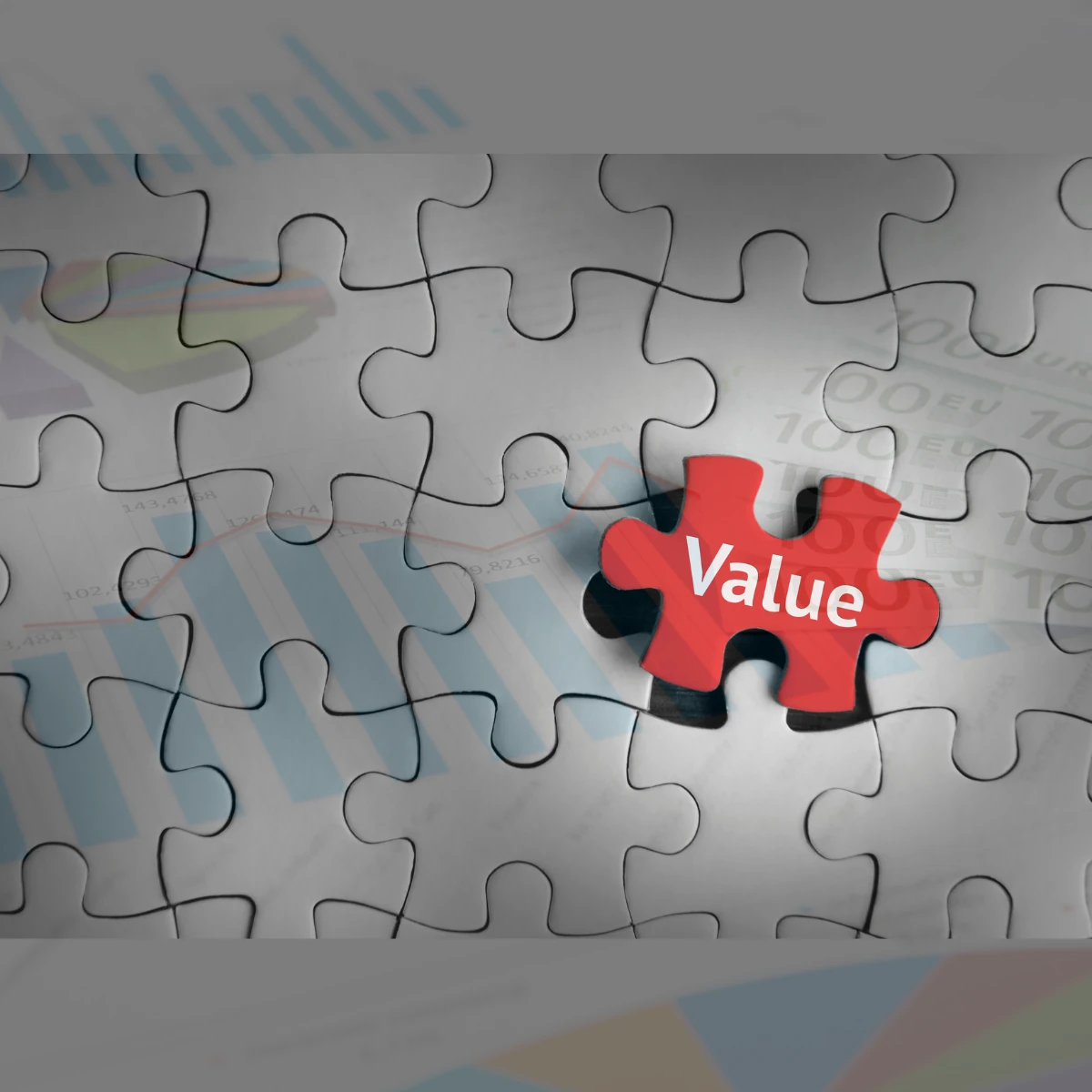Introduction
The return on our investments depends upon what happens in the future which is inherently unpredictable, and even the most sophisticated models can't account for every variable.
Yet, in the cacophony of the investing world, there's a siren song of certainty. We're bombarded with "hot tips," five-step formulas for guaranteed returns, and talking heads who deliver pronouncements with unwavering conviction.
We ourselves scour financial statements, analyze market trends, and pore over economic data, seeking to make informed decisions that will yield optimal returns.
The allure is powerful: we like to believe that, with enough research and analysis, we can predict the future with a high degree of accuracy.
This desire for certainty is deeply ingrained in human nature, and it's reflected in our approach to investing as well. It promises an end to the discomfort of not knowing.
But for those of us drawn to the principles of value investing, the reality is often far removed from this clamor. Our path is frequently quieter, more solitary, and deeply iterative.
It’s less about the sudden flash of brilliance and more about the slow, patient accumulation of understanding – a craft honed in the spaces between definitive conclusions.
And I believe there's a profound, often overlooked, value in embracing the "not-quite-there-yet" stages of forming an investment thesis.

The Half-Formed Thesis
For years, when I first delved into the teachings of Graham, Buffett, Munger, and Klarman, I carried an implicit expectation.
I imagined that with enough reading and analysis, a company's intrinsic value would reveal itself like a mathematical proof – clean, undeniable, and absolute. The "aha!" moment would strike, the numbers would align perfectly, and conviction would settle upon me like a comforting blanket.
Sometimes, very rarely, it feels a bit like that indeed. More often, however, the process is far murkier.
It’s more like piecing together a vast, intricate mosaic with half the tiles missing and no picture on the box. You find a few pieces that seem to fit – a strong balance sheet here, a consistent earnings history there. You start to see a glimmer of a pattern: a durable competitive advantage, perhaps, or a capable and honest management team.
But there are always gaps, areas of shadow, questions that nag at the edges of your analysis. This is the land of the "half-formed thesis," and it's where much of the real work of value investing resides.
I often feel an itch or some kind of internal pressure to rush through this stage. We want to be able to articulate a crisp, compelling argument for or against an investment. But there is also an impatience, a desire to move from the ambiguity of research to the decisiveness of action.
I’ve felt it countless times – that itch to just make a call, to fill in the blanks with "assumptions" rather than continue the sometimes-tedious hunt for more information.
But value investing, at its core, is an exercise in intellectual humility. It demands we acknowledge what we don't know as readily as what we do. It requires us to sit with uncertainty, sometimes for extended periods!
When I look back at my own investing journey, the costliest mistakes weren’t usually born from a complete misreading of the facts I had, but from acting prematurely on an incomplete set of facts.

Building the Mosaic
Think about the process of really getting to know a business. It starts with the annual reports, the con-calls, the 10-Ks and 10-Qs – the "what."
But then comes the "why" and the "how." Why does this company have the margins it does? How sustainable is its market position? What are the real, unquantifiable risks lurking beneath the surface?
With more hard work and research, new data points emerge which might only add a tiny tessera to our mosaic. It might confirm a piece of our emerging thesis, or it might force us to reconsider an earlier assumption.
This iterative layering of understanding is a slow burn. There’s no algorithm for it.
An initial discounted cash flow (DCF) model might suggest undervaluation, but that model is built on a foundation of assumptions – growth rates, discount rates, terminal values. Each of those assumptions is, in itself, a mini-thesis that needs to be tested and refined.
The spreadsheet gives an illusion of precision, but the real intellectual labor lies in the qualitative assessment underpinning those numbers.
And sometimes, after weeks or even months of digging, the mosaic remains stubbornly incomplete. The picture refuses to resolve into a clear "buy." The margin of safety isn't compelling enough, or a crucial question about the business's long-term durability remains unanswered.
In our action-oriented world, this can feel like failure. We’ve put in the work, where’s the payoff?
But this, I believe, is another crucial juncture where the "half-conviction problem" in value investing diverges from the pursuit of quick certitude.
The decision to place a company on the "too hard" pile, or to add it to a watchlist for further observation rather than immediate investment, isn't an admission of defeat. It's an act of discipline.
It's recognizing the limits of your current understanding and respecting the principle that it's better to miss an opportunity than to rush into a mistake.
The beauty of the "not-quite-there-yet" investment idea is that it remains open to new information. A prematurely hardened conviction can make us resistant to disconfirming evidence. We become invested in being right, rather than in getting it right. But an idea held more loosely, as a working hypothesis, is more adaptable.
This process also cultivates a deep sense of patience. Patience allows the market to serve up opportunities. Patience also allows a business to demonstrate its resilience (or lack thereof) over time. And it is the patience that allows for the slow accretion of knowledge that eventually builds true, "earned" conviction, not just borrowed or hastily assembled belief.
So, while the world outside may shout for immediate answers and bold predictions, perhaps the real strength lies in our willingness to engage in the long, quiet craft of understanding.
To embrace the messy, "iterative" journey of forming an investment thesis, and to find satisfaction not just in the final picture, but in the thoughtful placement of each individual tile, even when the full image remains tantalizingly just out of clear view.

Comments